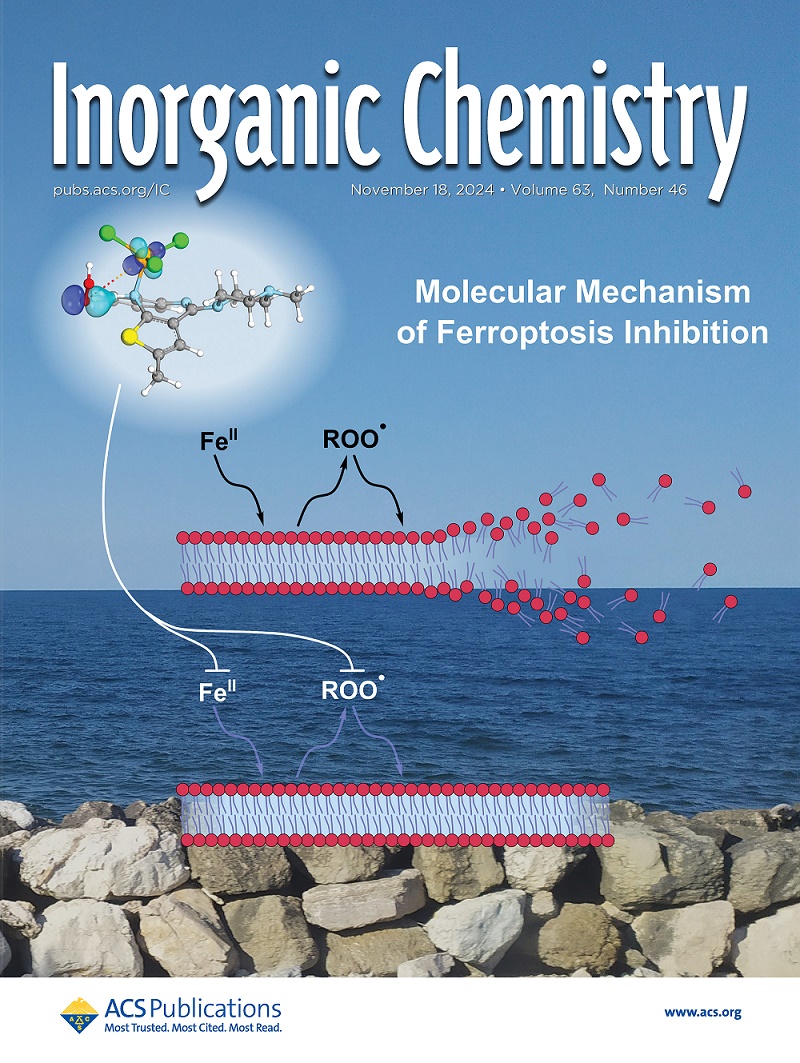Host–Guest Approach to Enhancing Photocatalysis via Photoinduced Energy and Electron Transfer from a Photoactive Triphenylamine-Based Metal–Organic Cage to Bound Guests
IF 4.3
2区 化学
Q1 CHEMISTRY, INORGANIC & NUCLEAR
引用次数: 0
Abstract
The host–guest strategy presents an ideal way to construct versatile supramolecular systems that mimic the structure and functionality of natural enzymes and, therefore, achieve efficient chemical conversions. An emissive triphenylamine-based cage-like host donor was constructed as an energy or electron donor to achieve efficient photoinduced energy or electron transfer (PEnT or PET) by encapsulating the energy or electron acceptor into the cavity of the cage. The host–guest complexes, which served as enzyme-mimicking supramolecular systems, were successfully used as photocatalysts for the selective aerobic oxidation of sulfides and the efficient photocatalytic reduction of aryl halides with high reduction potentials. This work details a promising approach for creating a host–guest system via a host–guest encapsulation strategy to enhance the efficiency of the PEnT or PET process. The resulting designed artificial supramolecular systems achieve efficient chemical conversions by mimicking the structure and functionality of natural enzymes.

求助全文
约1分钟内获得全文
求助全文
来源期刊

Inorganic Chemistry
化学-无机化学与核化学
CiteScore
7.60
自引率
13.00%
发文量
1960
审稿时长
1.9 months
期刊介绍:
Inorganic Chemistry publishes fundamental studies in all phases of inorganic chemistry. Coverage includes experimental and theoretical reports on quantitative studies of structure and thermodynamics, kinetics, mechanisms of inorganic reactions, bioinorganic chemistry, and relevant aspects of organometallic chemistry, solid-state phenomena, and chemical bonding theory. Emphasis is placed on the synthesis, structure, thermodynamics, reactivity, spectroscopy, and bonding properties of significant new and known compounds.
 求助内容:
求助内容: 应助结果提醒方式:
应助结果提醒方式:


